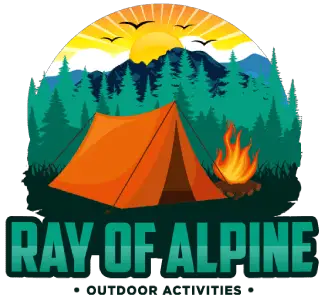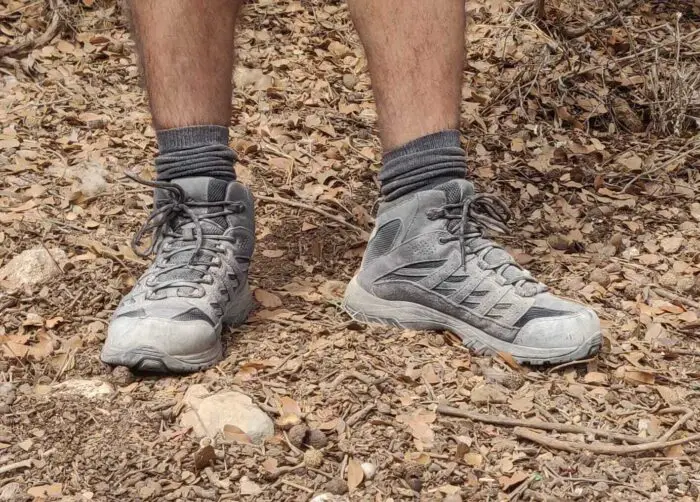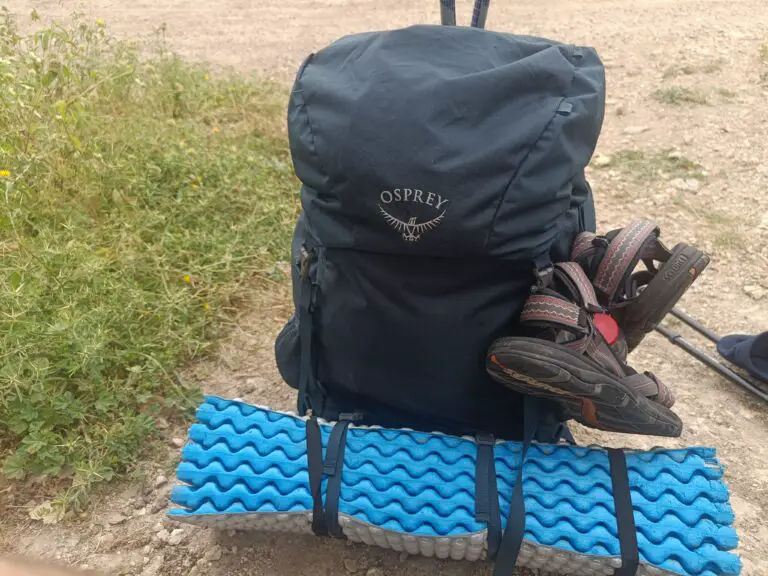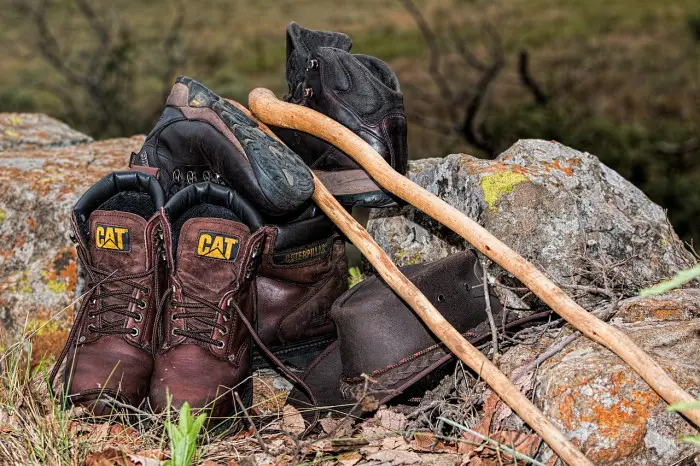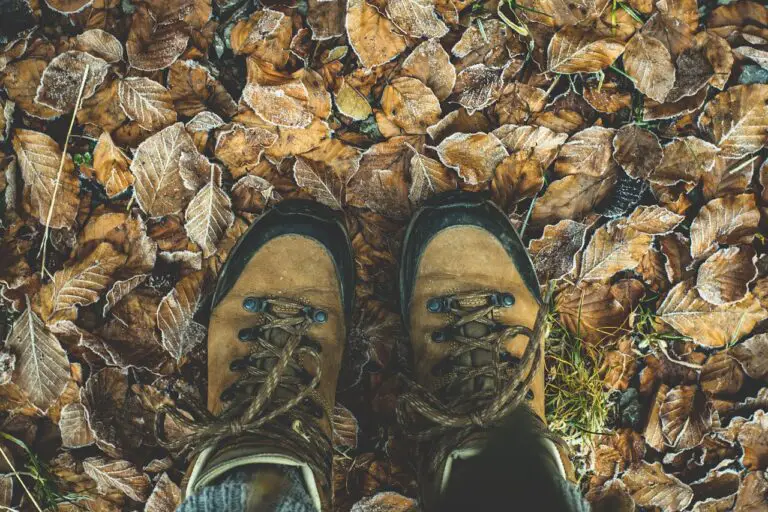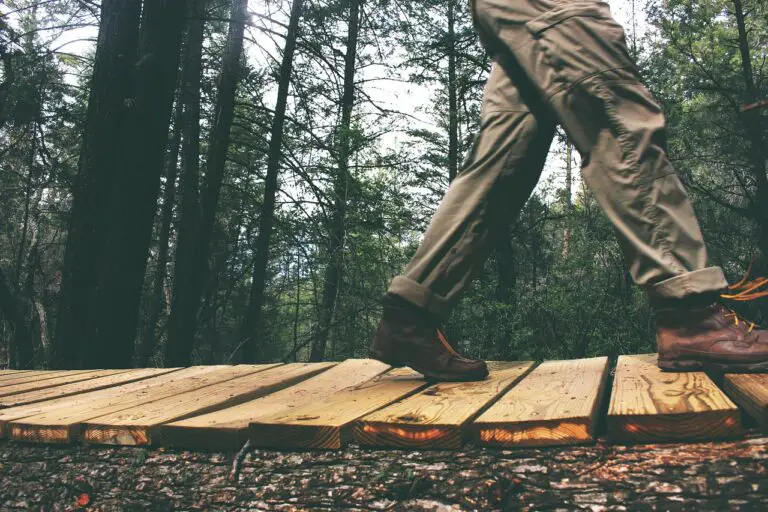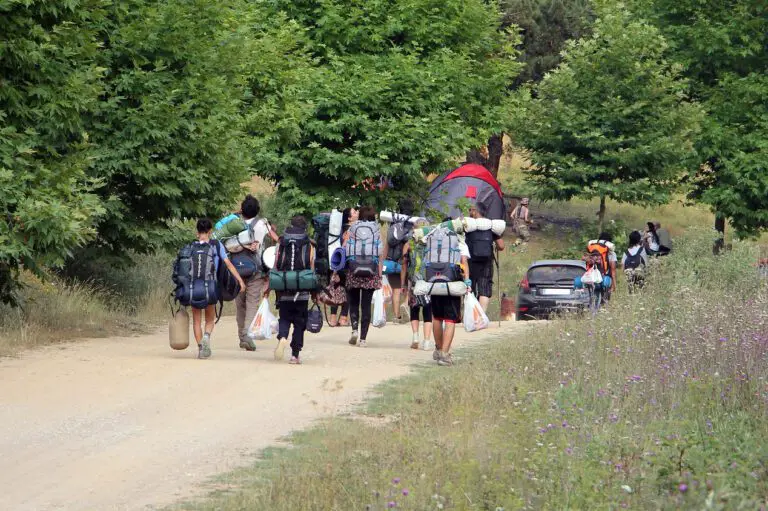Can You Hike In Blundstones? We Tested Them!
Many people wear Blundstones in their day-to-day. They’re comfortable, easy to wear, and affordable. But are Blundstones good for hiking?
Blundstones are appropriate for short hikes but not extended treks. They don’t provide enough ankle support, traction, and breathability. Their main advantages, however, are that they are mostly waterproof and fairly robust.
But if you want to make a more informed decision, and see the different tests and considerations I’ve made, you should read the rest of this post.
Are Blundstones good for hiking?
When considering whether a shoe is suitable for hiking, there are a few factors we need to consider. These are different factors in choosing an everyday shoe because on a hike you’ll spend much more time walking than you usually do. You’ll also be walking in uneven, challenging terrain.
Here we’ll consider the main factors one should consider when choosing hiking boots, and see how Blundstones stack up.
Ankle support
One of the most important things to consider when choosing boots is how supportive they are. The whole reason to get boots over shoes is that they usually provide better ankle support, and “hold your foot” better.
To check the ankle support of a shoe, you may simply try to squeeze its heel counter. The harder it is to squeeze, the better ankle support the boot provides.
I got these Blundstones about a year ago, and I use them in my day-to-day. As you can see in the image below, over time the heel counter of the shoe became soft, reducing the ankle support the boot provides. When brand new, the heel counter is a bit harder.

Blundstones have elastic sides that stretch when you insert your foot into the boot. It also stretches when you move your leg forward, not allowing the shoe to support your ankle.

This all means that Blundstones don’t provide sufficient ankle support for hiking, which can make it harder to safely walk, and may even cause injury.
Traction
The soles of most hiking shoes have grooves, which allow the shoe to hold on to ground and stones, providing good traction. This allows you to move more easily, especially when ascending or descending.
Now let’s compare the soles of a proper hiking shoe to the soles of Blundstones.

The soles of Blundstones are mostly flat, making them more suitable for walking on pavement than hiking in nature.
Durability
Blundstones are famous for being durable, which is no surprise, as they used to be considered work shoes. With proper care, these boots can last for years.
The boots will probably be fine in typical rough terrain, as well as dust and mud. I wouldn’t expose them to snow and extremely cold weather, though, as many are not suitable for that.
Breathability and Waterproofing
Blundstones are made of leather, which is not a breathable material. This means air isn’t able to go into or out of the boots, so sweat is trapped inside the shoe.
This can lead to blisters and feeling bad. This is one of the more overlooked but important factors in choosing hiking boots.
The benefit of not being breathable is that the leather Blundstones are made of is mostly waterproof, making them more versatile. This is especially true if the boots are properly taken care of.
So generally water will not be able to get into Blundstones. It also makes them weatherproof, meaning rain will not ruin the boots.
Testing Blundstones in short hikes
I previously took multiple short hikes during a trip to Europe. I didn’t have a lot of luggage space, so I only had my Blundstones on the trip.

I’d say hiking with Bludstones felt completely fine since all the hikes were very short (only a few hours each) and mostly on paved ways.
But comparing them to proper hiking shoes, which I usually hike with, I had much less ankle support.
I believe I would have struggled to complete these hikes if they had been longer or on more challenging terrain.
How to weather protect Blundstones
If you do decide to use Blundstones for a short hike, I do recommend maintaining them and making them weatherproof. So can you weather protect your Blundstones?
To make your Blundstones waterproof, the key is to use wax-based leather polish after cleaning the shoe. The polish acts as a water repellent, protecting the boots from water.
To do that, I’d recommend following the official Blundstone guide to boot care((Blundstone guide to boot care)). Focus on the cleaning part, based on your type of shoe.
Conclusions
While durable and mostly waterproof, Blundstones are not a good option for hiking. They don’t provide the necessary support, breathability, and traction needed for a good hike.
I should add that I wear my Blundstones practically daily to work and truly like them. But my daily choices are very different from my choices with hiking gear.
To conclude, if you’re going on a short and easy day trip you’ll probably be fine going with your Blundstone, but for any challenging hike, I’d avoid them.
